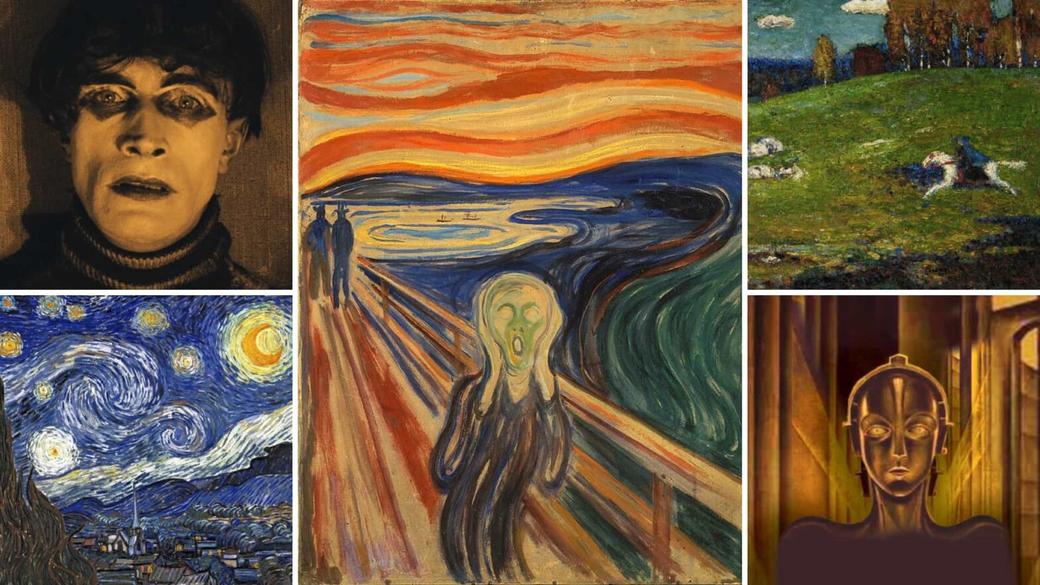Art historians identify various symbols in iconography that represent mortality and death, as well as life and immortality. These symbols often appear in paintings, sculptures, and monuments, conveying complex ideas about existence and the afterlife. Symbols of mortality typically evoke the transient nature of life, whereas symbols of life emphasize endurance and resurrection.

Symbols representing mortality and death commonly include specific flowers, plants, fruits, trees, and objects.
- Anemone: Signifies grief and death in Western iconography.
- Poppy: Originally symbolizing sleep or night, it later came to represent ‘eternal sleep’ or death.
- Cypress: Strongly associated with mourning and death.
- Nightshade: Represents danger and death.
- Rotting fruit or flowers: These motifs clearly symbolize decay and the inevitable stages of life’s decline.
- Dying or felled trees: They illustrate death or sin, highlighting the barrenness following life’s end.
- Musical instruments: Often used as memento mori, instruments such as the lute underscore the brevity of human life. Hans Holbein’s painting, The Ambassadors, features a lute symbolizing this concept.
In contrast, symbols expressing life and immortality tend to evoke victory over death, eternal existence, or resurrection.

- Palm tree: Represents triumph over death, suggesting eternal life.
- Laurel: A traditional symbol of eternal life due to its evergreen nature.
- Pomegranate: Known as a sign of resurrection and fertility, reflecting renewal.
- Lush, verdant trees: Symbolize life and resurrection, emphasizing growth and renewal.
The meanings of these symbols primarily derive from Western and Christian religious traditions. Other cultures may assign different interpretations depending on local beliefs and customs.
| Category | Examples | Meaning |
|---|---|---|
| Mortality and Death | Anemone, Poppy, Cypress, Nightshade, Rotting fruit, Dying trees, Musical instruments | Grief, eternal sleep, mourning, decay, transience |
| Life and Immortality | Palm tree, Laurel, Pomegranate, Verdant trees | Victory over death, eternal life, resurrection, renewal |
For those seeking more detailed study, resources on nature’s role in art symbolism and iconography include dedicated books and websites focusing on symbols found in headstones and other funerary art.

- Nature and Its Symbols (book)
- Grave Addiction – Headstone Iconography
- Mortality symbols include anemone, poppy, cypress, nightshade, rotting fruit, dying trees, and musical instruments.
- Life and immortality are represented by palm trees, laurel, pomegranate, and lush trees.
- Context and culture influence the interpretation of these symbols significantly.
Art Historians – In Iconography, What Are Some Symbols That Stand for Mortality and Death, and Alternatively, Life and Immortality?
In iconography, symbols that represent mortality and death often starkly contrast with those symbolizing life and immortality. Understanding these symbols gives a window into how societies visualize and meditate on existence, loss, and hope. Art historians have identified recurring motifs embedded deeply in Western and religious art traditions that tell stories of life’s fleeting nature and the promise beyond it.
![]()
Let’s dive into the fascinating world of these symbols, where flowers, trees, fruits, and even musical instruments speak louder than words.
Symbols of Mortality and Death

You’ve probably seen wilted flowers in paintings and thought, “That’s just sad,” but art historians know better. These elements are loaded with meaning.
- The Anemone is the classic messenger of grief and death. Picture this: a delicate flower, often appearing in somber scenes, signaling sorrow beyond just petals and color.
- The Poppy initially symbolized sleep or night but, over time, morphed into a powerful emblem of eternal sleep—aka death. Think of “sleep” stretching indefinitely, like a Netflix binge with no waking up.
- Cypress trees frequently haunt graveyards and mourning artworks due to their strong association with death and mourning. Their slender, dark silhouettes practically whisper about loss.
- Nightshade, a seemingly innocuous plant, serves as a visual cue for death or danger. It’s nature’s little warning label.
- Rotting fruit or flowers are a staple in mortality imagery. When petals fall or fruit decays in a painting, that’s the artist’s way of saying: “Life is temporary. Enjoy it before it spoils.”
Trees have their own story here. When portrayed as dying or felled, they symbolize death or sin. Imagine a tree chopped down or withered—a visual metaphor for life’s abrupt end.
Unusually, musical instruments, especially in memento mori contexts, symbolize life’s brevity. Look no further than Holbein’s masterpiece, The Ambassadors. The lute in this painting is a subtle nod to our mortal stint, gently reminding viewers that life’s music can cease anytime.
Symbols of Life and Immortality
Now onto the hopeful side of iconography—symbols that celebrate life’s endurance and the possibility of immortality.
- The Palm Tree represents victory over death. In many artworks, its upright, sturdy fronds express triumph and peace after passing—a botanical celebration.
- Laurel wreaths are a nod to eternal life. Often associated with victory in both battle and spirit, the laurel branches forever crown the mortal striving for immortality.
- The Pomegranate is a powerhouse symbol of resurrection. Its many seeds hint at new beginnings and life reborn, a popular motif especially in Christian art to express salvation.
Healthy, verdant trees contrast sharply with their dying counterparts. Lush trees symbolize life and resurrection—their leaves bursting forth as a promise of renewal and endless vitality.
Why Does This Matter Today?
Icons like these are more than decorative details. They frame our cultural mindset about life and death, haunting museums, churches, and even cemeteries. Whether or not you realize it, these symbols shape the way we perceive mortality.
These symbols mostly stem from Western, religious traditions. Other cultures have unique icons carrying their own rich meanings. For instance, in Eastern iconography, a lotus might replace the pomegranate as a symbol of spiritual purity and rebirth.
How Can You See This in Real Life?
Next time you’re in a museum or church, hunt for these symbols. Spot a wilted anemone? Memento mori. See a fresh laurel wreath or a full pomegranate? Chances are the artist is praising life’s triumph. Even street art or modern photography uses these motifs, proving their enduring power.
If natural symbols fascinate you, a wonderfully detailed resource exists for a deep dive: This book on nature and its symbols offers an artistic, insightful perspective.
Headstone iconography buffs should bookmark this dedicated page, a treasure trove of meanings for symbols engraved in stone.
A Quick Recap for the Curious
| Symbol | Represents | Example/Context |
|---|---|---|
| Anemone | Grief and Death | Often appears in mourning scenes |
| Poppy | Eternal Sleep (Death) | Used in artworks about death |
| Cypress | Death and Mourning | Common in graveyards |
| Rotting Fruit/Flowers | Decay and Mortality | Symbolizes stages of life |
| Lute (Musical Instrument) | Memento Mori (Life’s Brevity) | Holbein’s The Ambassadors |
| Palm Tree | Victory Over Death | Symbol of eternal triumph |
| Laurel | Eternal Life | Associated with victory and eternity |
| Pomegranate | Resurrection | Seeds suggest new life |
| Lush Trees | Life and Resurrection | Symbol of renewal |
Final Thoughts
Next time a wilted flower or a leafy tree catches your eye in artwork, remember—it’s more than just a pretty picture. It’s a coded message about how humans wrestle with life’s end and afterlife.
Who knew fruits and trees were such deep thinkers?
Icons of mortality and immortality invite us all to reflect on our own place in the great cycle. Whether it’s the somber anemone or the hopeful pomegranate, these symbols keep whispering humanity’s oldest story: life’s fragile journey and what might lie beyond.
What flowers commonly symbolize mortality and death in iconography?
Anemone represents grief and death. Poppy stands for eternal sleep. Nightshade signals death or danger. Rotting fruit or decayed flowers symbolize the stages of life and mortality.
How are trees used to depict life versus death?
Dying or felled trees represent death or sin. Lush, green trees symbolize life or resurrection. The same motif can have opposing meanings depending on its condition.
What musical instruments convey the concept of mortality?
Musical instruments often serve as memento mori, reminding viewers of life’s brevity. The lute in Holbein’s Ambassadors is a classic example of this symbolism.
Which plants symbolize life and immortality in art?
The palm tree marks victory over death. Laurel denotes eternal life. Pomegranate is linked to resurrection, all serving as positive symbols in iconography.
Do the meanings of these symbols vary across cultures?
The provided meanings mainly reflect Western and religious traditions. Different cultures may assign unique or alternative symbolism to these elements.


